Teach you how to grow hyacinth quickly and easily at home
[alias] foreign daffodils, colorful daffodils
(morphological characteristics) hyacinth belongs to perennial herbs, bulb spherical envelope is purplish blue or light green. Leaves Jisheng, 4-6, banded lanceolate, end round obtuse, thick, fleshy, shiny. Scape 15-45cm high, hollow, raceme, with 6-12 or more than 10-20 flowers; florets with small bracts, obliquely extending or drooping, bell-shaped, base dilated, lobes reversing outward; flower color originally blue-purple, with white, pink, red, respect, blue, pansy and other colors, different shades, single or double. The florescence is from April to May. Capsule globose.
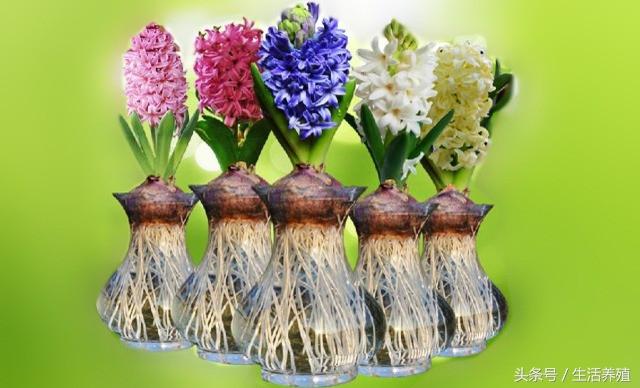
The main cultivated varieties are:
① Romar hyacinth: early, slender plants, leaves erect with longitudinal grooves. Each plant has several scape, and the flowers are small, white or light cyan, so it is suitable for promoting cultivation. Original production
The south of France.
② large tube light hyacinth: bulb skin pansy. The appearance is very similar to that of the former variety, except that the Corolla tube is enlarged and the growth is robust. Originating in Italy
③ Provence hyacinth: the whole plant is thin and frail, with dark green leaves and deep longitudinal grooves. Flowers few and small, and sparse, base of kaleidoscope dilated, lobes ligulate. Originally from southern France, Italy and Switzerland.
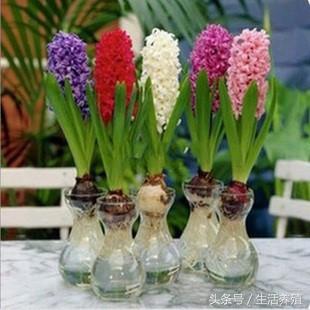
Native to Eastern Europe, South Africa and Asia minor, it is cultivated in many countries in the world, and the Netherlands is the most important foreign trade product. Like the sunny, cool and humid environment and sandy loam with good drainage, strong cold resistance and semi-shade resistance.
[propagation and cultivation] it is mainly divided into balls. Separate the natural seed balls around the cue ball before planting in autumn and plant them separately. However, the dividing ball should not be carried out immediately after harvest, so as to prevent the wounds left after separation from rotting during summer storage. The varieties with few natural bulbs can be artificially cut, that is, the base of the bulb will be cut into a radial or cross-shaped incision on a sunny day in August, about lcm, and the cut can be applied with sulfur powder to prevent decay, blow the bulb upside down in the sun for 1-2 hours, and then blow dry in the room, after which many bulbs can occur in the cut part of the bulb, which can be planted in autumn. In order to cultivate new varieties, it can also be sown and propagated. The method of cultivation and management is basically the same as tulip. Facilitate cultivation should choose a variety suitable for promotion, with large and full bulbs. Hyacinth can also be promoted by water culture, that is, using a special glass bottle filled with water, put the bulb corresponding to the size of the bottle on top, so that it does not leak space, nor does the lower part of the bulb come into contact with the water surface. Then put the bottle in a dark place to make it root, a month later send out a lot of white roots and begin to draw scape, then move the bottle to the bright place to make it blossom. During the aquaculture period, change the water every 3-4 days.

[pest control] Yellow rot plague: from flowering to ball harvest. The pathogenic bacteria grow in the soil, can be infected by wounds, invade the leaves, produce water-flooded spots along the veins, and gradually turn yellow and brown. It can invade the bulb and make it full of yellow mucus and rot. The prevention and cure method first selects the strong ball, has the disease area to avoid the continuous cropping, carries on the soil disinfection with formalin, the growing period can spray 6: 6 Bordeaux liquid. White rot: invades stems, leaves and bulbs before flowering, making them water-immersed and spoiled and softened. Continuous cropping should be avoided, soil disinfection should be carried out, and care should be taken not to injure the bulb. Sclerotinia sclerotiorum: invaded by bulbs. There are yellow light stripes or round disease spots on the leaves, light blue mildew spots are produced in the damaged parts, and there are small black sclerotia on the surface. Strong and full balls should be selected and diseased plants should be removed. Mottled leaf virus: the virus is transmitted through the seed bulb and produces longitudinal light green or yellow stripes along the leaf vein after invasion. in severe cases, the leaves are reduced, and the whole plant shrinks or no longer produces flowering stems. The diseased plant should be pulled out in time and the seed ball should be selected. Root lice: an important pest, which not only harms hyacinth, but also harms many kinds of bulb flowers such as tulips, daffodils, dahlias and so on.
The law of prevention and treatment is the same as tulips. [use] the flowers are colorful, suitable for indoor potted plants or water culture.
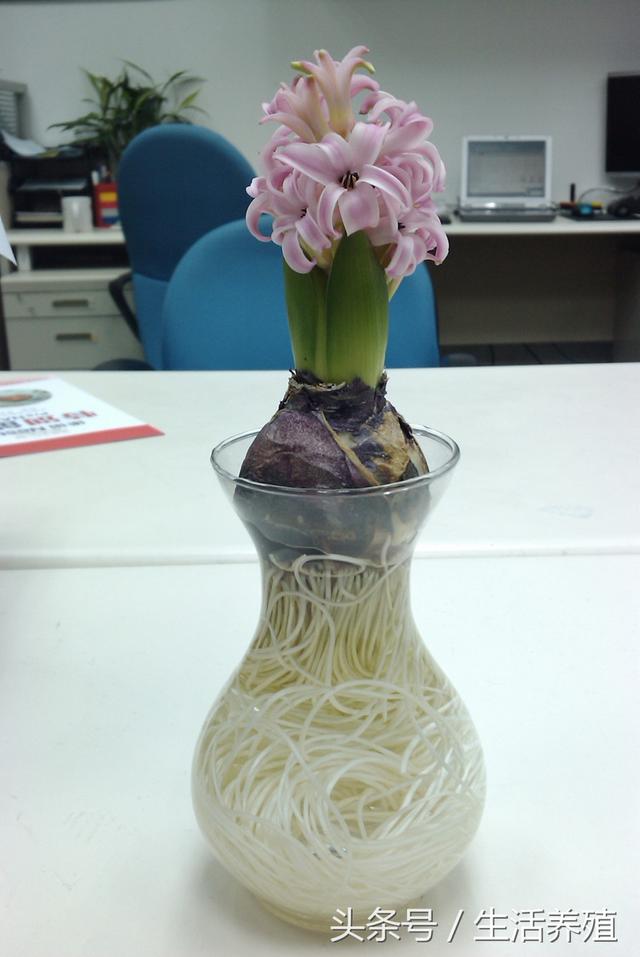
- Prev
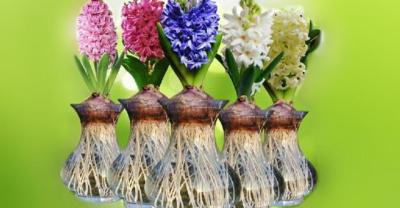
Common diseases and insect pests in strawberry planting and their control methods
Pest control is a common problem in strawberry cultivation. What are the common diseases and insect pests in strawberry? What methods and pesticides can control these diseases and insect pests?
- Next
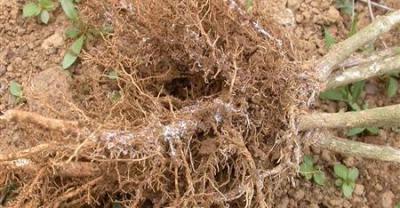
Why did the implant teeth become loose after being finished?
Brother Shao old dentist, talk about oral problems ~ more than 10,000 implant teeth, spent 6 months of surgery and revisit treatment, this process is really painful and painful, but.
Related
- Fuxing push coffee new agricultural production and marketing class: lack of small-scale processing plants
- Jujube rice field leisure farm deep ploughing Yilan for five years to create a space for organic food and play
- Nongyu Farm-A trial of organic papaya for brave women with advanced technology
- Four points for attention in the prevention and control of diseases and insect pests of edible fungi
- How to add nutrient solution to Edible Fungi
- Is there any good way to control edible fungus mites?
- Open Inoculation Technology of Edible Fungi
- Is there any clever way to use fertilizer for edible fungus in winter?
- What agents are used to kill the pathogens of edible fungi in the mushroom shed?
- Rapid drying of Edible Fungi

